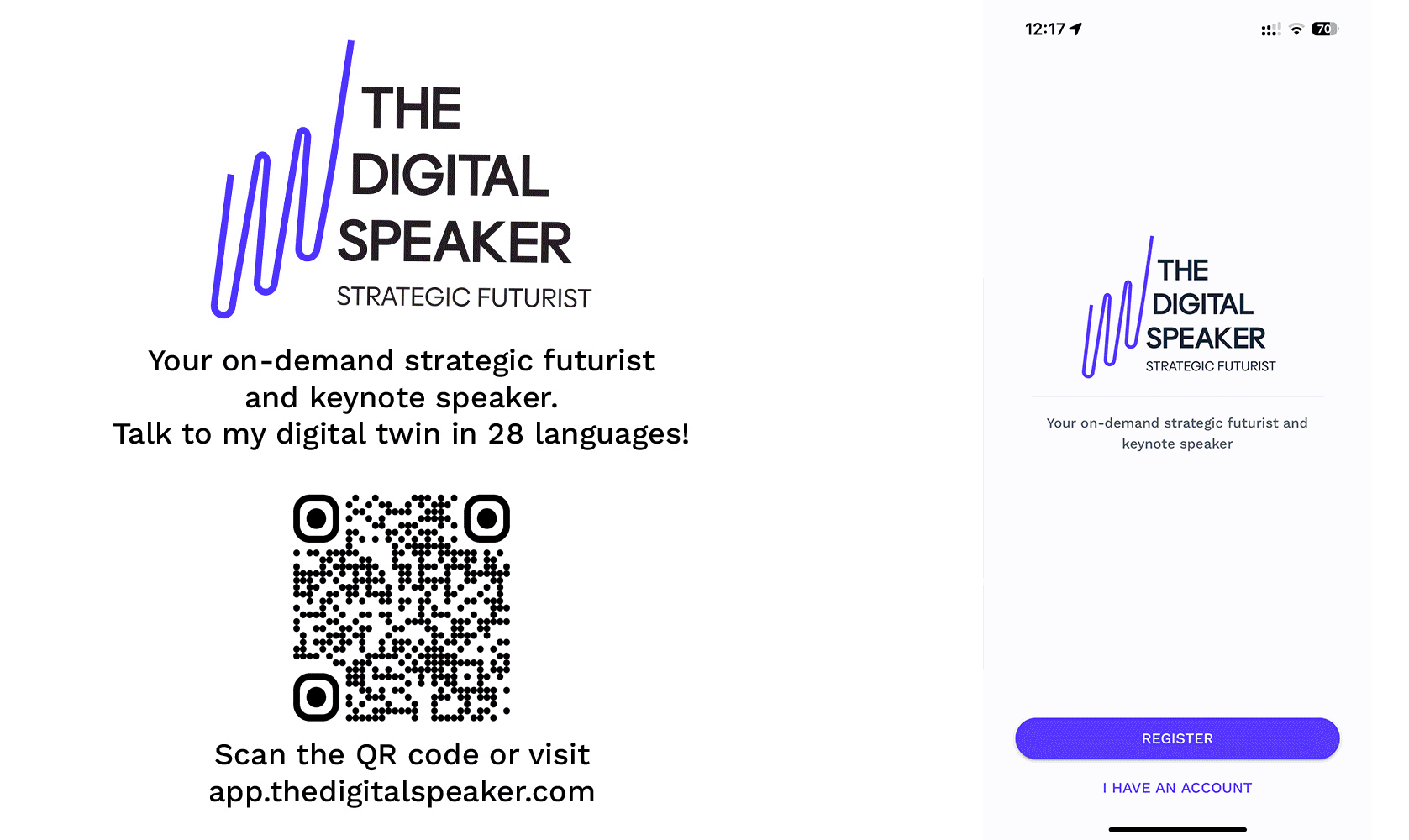Navigating the GenAI Revolution: Strategy Over Speed

As the generative artificial intelligence (GenAI) landscape evolves, businesses across sectors are confronting a pivotal challenge: understanding how to integrate this burgeoning technology effectively. More than a year since ChatGPT 3.5's launch, the initial euphoria has given way to a more nuanced exploration of GenAI's potential and pitfalls. Companies are wrestling with strategic considerations, aiming to leverage GenAI's promise without succumbing to its hype or overlooking its limitations.
The initial wave of enthusiasm for GenAI was driven by a collective fear of missing out, with businesses eager to capitalize on its transformative promise. Media narratives and market analyses projected a future reshaped by GenAI, anticipating widespread job displacement and revolutionary efficiency gains. However, the reality many companies face today is more complex, marked by a persistent struggle to align GenAI's capabilities with practical business applications.
A fundamental obstacle for many organizations is the integration of GenAI within their existing technological frameworks. While less versatile, traditional AI systems are better understood and more seamlessly embedded in corporate operations. In contrast, GenAI's broader potential often necessitates reevaluating business processes and reconsidering how technology supports organizational goals. For instance, while GenAI can generate comprehensive-textual content rapidly, it may lack the nuanced understanding or contextual awareness essential for certain business functions.
Companies also grapple with selecting the most appropriate GenAI solutions amid a rapidly expanding marketplace. With industry giants and emerging players vying for dominance, businesses must navigate a complex ecosystem of options. The decision is not merely technical but strategic, influencing how firms position themselves in a competitive landscape increasingly defined by technological prowess.
Furthermore, the adoption of GenAI raises pressing questions about the long-term implications of its use, including cost considerations, regulatory uncertainties, and ethical concerns. The technology's rapid advancement outpaces clear governance frameworks, leaving businesses to chart their own courses through uncharted waters. This dynamic environment recalls the early days of the internet when companies recognized the technology's potential without fully understanding its eventual role in business and society.
Despite these challenges, the path forward is not without guidance. Companies are advised to prioritize performance and relevance over novelty, ensuring that GenAI applications align with specific business needs. This approach requires a discerning assessment of different GenAI models and their respective strengths, complemented by understanding traditional AI capabilities and how they can be integrated or enhanced by GenAI.
In addition to technological considerations, human factors remain pivotal. The successful deployment of GenAI depends on a collaborative synergy between technology and human expertise. Companies must foster a culture that embraces innovation while remaining attuned to the ethical dimensions of AI use, ensuring that technological advancements augment rather than undermine human values and organizational integrity.
As businesses venture further into the GenAI era, they stand at a crossroads with the opportunity to redefine their operational paradigms and competitive strategies. This journey requires more than technological adoption; it demands a holistic vision that harmonizes innovation with ethical principles, strategic insight, and a deep understanding of the evolving relationship between humans and machines. In navigating this complex landscape, the question is how companies can adopt GenAI and how they can do so with foresight, responsibility, and a clear alignment with their core mission and values.
Read the full article on HBR.
----
💡 If you enjoyed this content, be sure to download my new app for a unique experience beyond your traditional newsletter.
This is one of many short posts I share daily on my app, and you can have real-time insights, recommendations and conversations with my digital twin via text, audio or video in 28 languages! Go to my PWA at app.thedigitalspeaker.com and sign up to take our connection to the next level! 🚀

If you are interested in hiring me as your futurist and innovation speaker, feel free to complete the below form.
Thanks for your inquiry
We have sent you a copy of your request and we will be in touch within 24 hours on business days.
If you do not receive an email from us by then, please check your spam mailbox and whitelist email addresses from @thedigitalspeaker.com.
In the meantime, feel free to learn more about The Digital Speaker here.
Or read The Digital Speaker's latest articles here.





